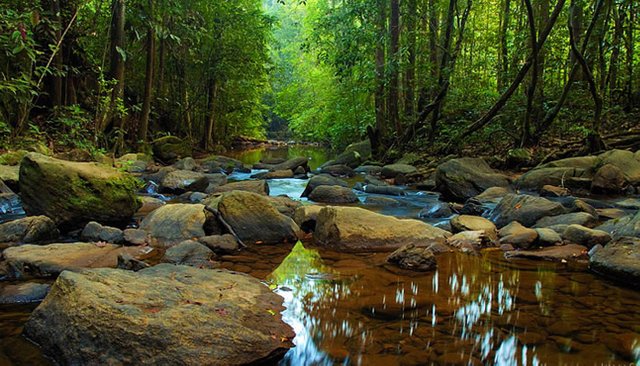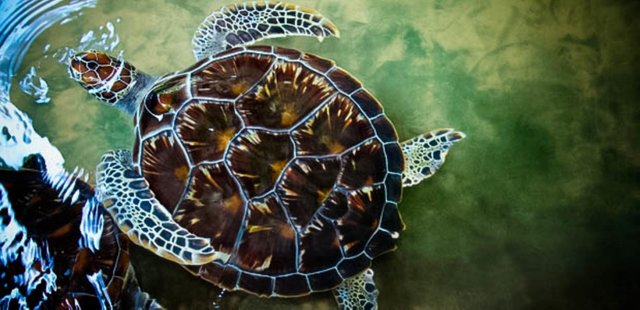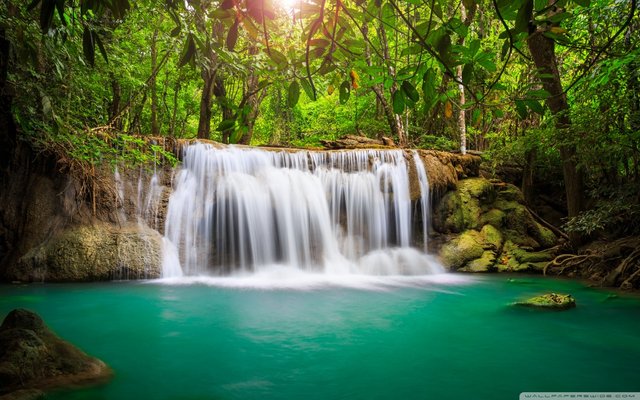Sinharaja Rain Forest _ Sri Lanka Documentary 2

Location of Sinharaja Rain Forest in Sri Lanka
Sinharaja Rain Forest (a UNESCO World Heritage Site), the last viable remnant of Sri Lanka’s tropical lowland rainforest spanning an area of 18900 acres is located within Sabaragamuwa and Southern provinces of the south-west lowland wet zone of Sri Lanka. Sinharaja is bounded by rivers on three sides. On the north, Sinharaja is bounded by the Napola Dola and Koskulana Ganga. On the south and south-west are the rivers Maha Dola and Gin Ganga. On the west are the river Kalukandawa Ela and river Kudawa Ganga. To the east of Sinharaja is an ancient footpath near Beverley Tea Estate and by the Denuwa Kanda.
6°21′-6°26’N, 80°21′-80°34’E.
Reaching Sinharaja Rain Forest
From Northern or western parts of the country you can reach Sinharaja Forest Reserve via Ratnapura, Kiriella, Kalawana, Weddala. From the South you can enter Sinharaja Rain Forest from Deniya. Coming form Hambantota, Udawalawe you can enter Sinharaja from Rakwana side.
Area of Sinharaja Rain Forest
The total area of the Sinharaja Forest Reserve is 18,900 acres or 7,648 hectares. It ranges in altitude from 300m to 1,170m.
Significance of Sinharaja Forest
Sinharaja Forest reserve is also home to over 50% of Sri Lanka’s endemic species of mammals and butterflies, as well as many kinds of insects, reptiles and rare amphibians.
Establishment of Sinharaja Forest Reserve
Most of the area of Sinharaha forest was originally declared a forest reserve under the Waste Lands Ordinance in 1875. In 1978, Sinharaja Rain Forest was included in the international network of biosphere reserves, established and maintained as part of UNESCO’s Man and the Biosphere (MAB) program. In October 1988, this reserve, together with a northeastern extension of it, was declared Sri Lanka’s first National Wilderness Heritage Area. In December 1988, the Sinharaja Biosphere Reserve became Sri Lanka’s first natural site to be added to UNESCO World Heritage list.
Climate of Sinharaja Rain Forest
Meteorological records gathered from in and around Sinharaja over the last 60 years reveal the annual rainfall of Sinharaja Forest has ranged between 3614mm to 5006mm and temperatures from 19°C to 34°C. The high rainfall is owing to two monsoons: south-west monsoons during May-July and the north-east monsoons during November-January.
Physical features
Sinharaja Rain Forest is a narrow strip of undulating terrain consists of a series of ridges and valleys drained by an intricate network of streams, which flow into the Gin Ganga on the southern boundary and Kalu Ganga, via the Napola Dola, Koskulana Ganga and Kudawa Ganga, on the northern boundary.

Nature trails of Sinharaja Rain Forest
The two main nature trails of Sinharaja Rain Forest are those lead to the peak of Moulawella and the peak of Sinhagala. Both of these nature trails begins at Kudawa Conservation Centre (KCC) are equally enjoyable and enlightening. The forest is densly crowded with tall trees growing in close proximity, but winding trails make the trekking. Small streams of crystal-clear cool water, that is home to a variety of fish, toads and crabs, crisscross the trails. And the mixed species of birds are seen in the canopy of woods.
Sinhagala Nature Trail
Trail head: Entrance to the protected area, Kudawa Conservation Centre, Weddagala, Kalawana
Trail end: Sinhagala Peak
Length of the trail: 2.4 km
Rise in elevation gain along the trail: 300m at Trail Head: 473m at Trail End
Approximate time: 5-7 hours
Hiking Season: Best months are December to April
Mulawella Nature Trail

Trail head: Entrance to the protected area, Kudawa Conservation Centre, Weddagala, Kalawana
Trail end: Mulawella Peak
Length of the trail: 2.4 km
Rise in elevation along the trail: 457m at Trail Head to 758m at Trail End
Approximate time: 1-2 hours
Hiking Season: Best months are December to April
Birdlife in Sinharaja Rain Forest
Sinharaja Rain Forest is home to numerous indigenous birds such asthe Ceylon Hanging Parrot (Loriculus beryllinus), the Ceylon Grey Hornbill (Ocyceros gingalensis), the Ashy-headed Laughing Thrush (Garrulax cinereifrons), Layard’s parakeet (Psittacula calthripae), the Jungle fowl (Gallus lafayetii ), the Spur fowl (Galloperdix bicalcarata), the Ceylon Wood Pigeon (Columba torringtonii), the Brown- capped Babbler (Pellorneum fuscocapillum), the Red-faced Malkoha (Phaenicophaeus pyrrhocephalus) and the Ceylon Blue Magpie (Urocissa ornate) among others, are prominent in this area.
19 of Sri Lanka’s 20 species of endemic bird species in Sri Lanka are found in the Sinharaja Reserve
Among the endangered birds are Sri Lanka Wood Pigeon, Green-Billed Coucal, Sri Lankan white-headed starling, Red-faced Malkoha, Green-billed Caucal, Sri Lanka Spur fowl Sri Lankan Blue Magpie, and Ashy-headed Babbler, all of which are endemic.
Mammals, reptiles, amphibians and butterflies
.jpg)
Out of 12 endemic mammal species of the country 8 are found here. Giant squirrel, dusky-stripped jungle squirrel, badger mongoose and endemic purple-faced leaf monkey and torque macaque are frequently seen.
Many threatened species of mammals, reptiles, amphibians and butterflies are found in the Reserve including the leopard. Endemism among mammals and butterflies is greater than 50%. Reptiles and amphibia include python, endemic green pit viper, endemic hump nosed lizard (Lyriocephalus scutatus) and and rough-nose horned lizard (Ceratophora aspera).
Conservation Value Sinharaja
Conservation Value Sinharaja is the last extensive primary lowland tropical rain forest in Sri Lanka. It holds a large number of endemic species of plants and animals, and a variety of plants of known benefit to man. Sinharaja Forest Reserve is the last viable remnant of Sri Lanka’s tropical lowland rain forest; over 60% of the trees are endemic and many of these are rare; and there are 21 endemic bird species, and a number of rare insects, reptiles and amphibians (IUCN Technical Evaluation).
The long-term success of conserving Sinharaja depends upon the sustainable development of its buffer and peripheral zones through a participatory approach emphasizing the involvement of local people. Construction of hotels on peripheral zones and constructions of roads over the protected areas are bound to result in irrecoverable damages to this world heritage site.